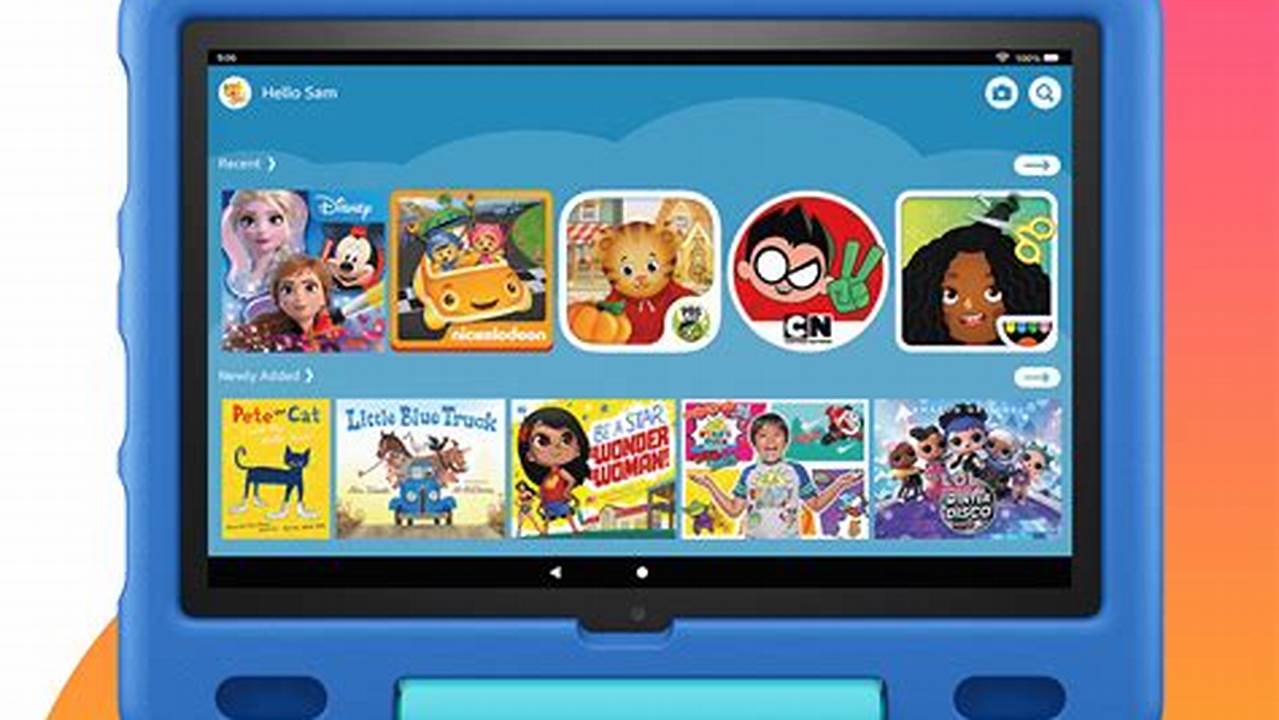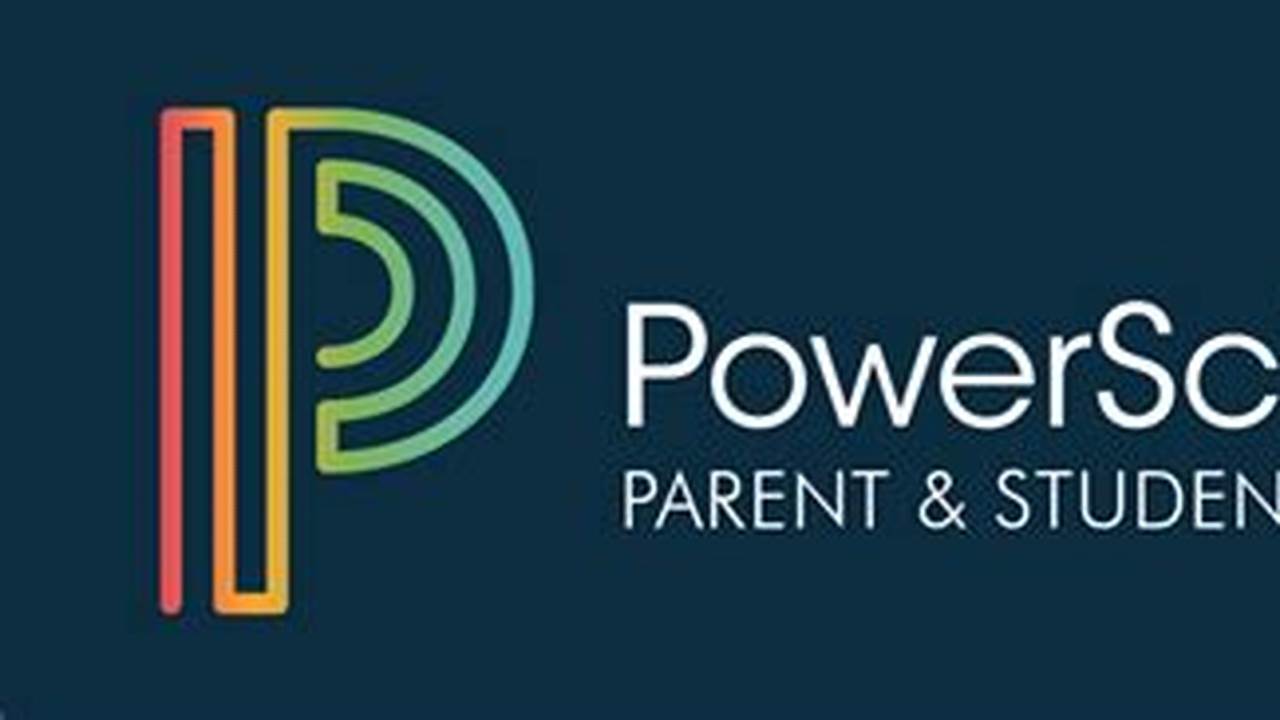
Managing children’s online activities and screen time can be a significant challenge for parents in today’s digital age. Tools that empower parents with oversight and control are becoming increasingly crucial. This guide explores a parental control resource focusing on features, benefits, and practical application for families.
Simplified Content Management
Filtering and restricting access to inappropriate content is a primary function.
Time Limits and Scheduling
Setting daily or weekly time limits for specific apps and activities helps balance screen time with other essential activities.
Activity Monitoring and Insights
Detailed reports on children’s online activities provide valuable insights into their digital engagement.
Educational Resources and App Management
Curated educational content and app recommendations can enrich a child’s learning experience.
Communication Features
Open communication channels between parent and child foster responsible digital habits.
Age-Appropriate Customization
Tailoring settings based on a child’s age and maturity level ensures a balanced approach to online access.
Device Compatibility and Management
Support for various devices simplifies management across multiple platforms.
Enhanced Family Engagement
Shared family experiences and activities can be promoted through collaborative features.
Privacy and Security
Protecting children’s online privacy and security is paramount, and robust security measures are essential.
Tips for Effective Use
Tip 1: Establish clear expectations and communicate openly with children about online safety and responsible usage.
Tip 2: Regularly review activity reports and adjust settings as needed to adapt to evolving needs.
Tip 3: Explore educational resources and apps together to foster a positive learning environment.
Tip 4: Utilize scheduling features to create a balanced routine that incorporates both online and offline activities.
Frequently Asked Questions
How can these parental controls contribute to a healthier family dynamic?
By fostering open communication and responsible digital habits, these tools can contribute to a more balanced and connected family life.
What are the key benefits of using a parental control dashboard?
Key benefits include content filtering, time management, activity monitoring, and promoting educational experiences.
How can parents address concerns about online safety with their children?
Open and honest conversations, coupled with the use of parental control tools, can empower children to navigate the digital world safely.
What are the best practices for setting up and managing these controls?
Begin by establishing clear family rules and expectations, then customize settings based on each child’s age and maturity level.
Are there resources available to help families navigate digital parenting challenges?
Numerous online resources and support communities offer guidance and best practices for digital parenting.
How can these tools help children develop responsible digital citizenship?
By providing structure and guidance, parental controls can help children develop responsible online habits and become informed digital citizens.
Empowering parents with the tools to manage their children’s digital experiences is essential in today’s interconnected world. By understanding the features and benefits of parental control resources, families can create a safer, more balanced, and enriching online environment for their children.


